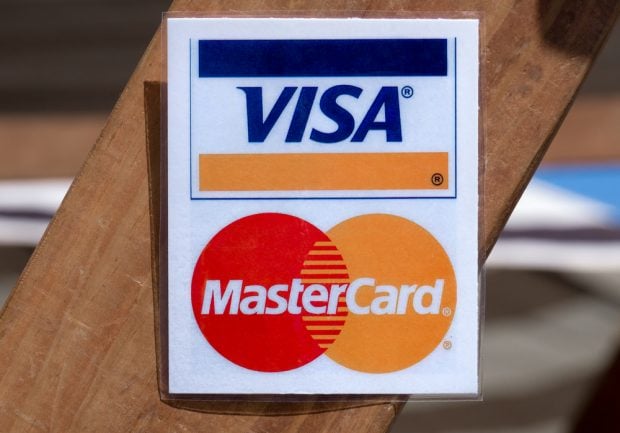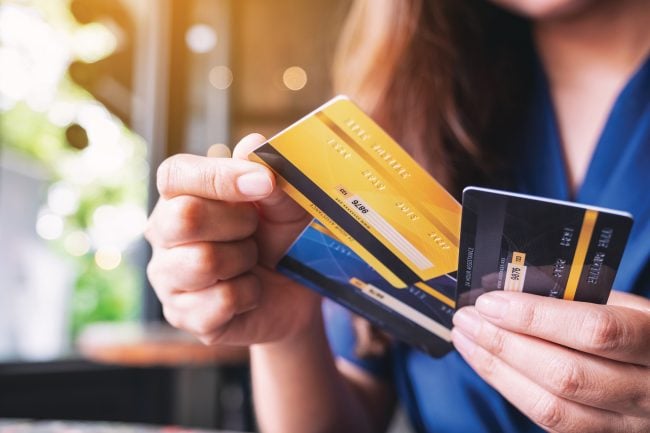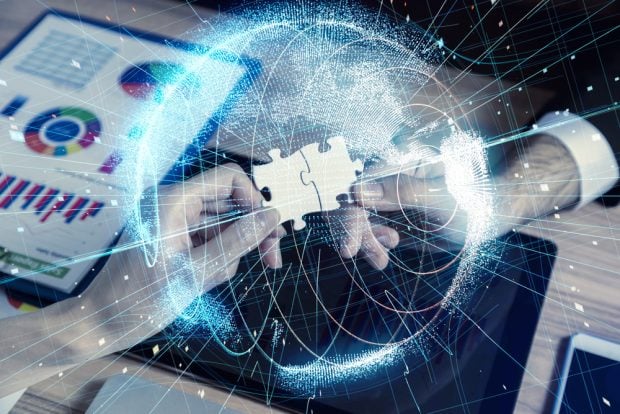More than half of all bills in America are now paid online;though when it comes to who's doing the paying, major generationgaps exist, according to new data from electronic payments companyACI Worldwide and research firm Aite Group.
|The study of 2,429 U.S. consumers during the third quarter of2016 found that 56% of all bills are paid online today and thatmost consumers paying online do so via billers' websites ratherthan via financial institution bill pay or third-party bill paysites. Millennials and Gen Xers pay the largestproportion of their bills online (61% and 60%, respectively), thestudy added.
|“While a large segment of older Americans still pay billsthrough the mail, in-person and by check, overall trends areshifting toward online and mobile bill payment,” Aite Group SeniorAnalyst David Albertazzi said. “Banks and billers need to have along-term view and dedicate resources to digital channels thatprovide a frictionless payment process and encourage consumers topay online and through automated channels.”
|The study findings also suggested consumers are gradually movingaway from bill pay products offered by financial institutions andtoward paying billers directly. The percentage of online paymentsmade on biller sites grew from 62% in 2010 to 73% in 2016; bankbill pay, on the other hand, shrank from 38% in 2010 to 27% in2016, the study said. Additionally, the use of banks'websites represents 9% of all one-time payments made bymillennials, but it's 16% for seniors.
|The findings come at a time when some experts are predicting amajor upheaval in the bill pay world. Participants in a recent CU Times panel discussion,which was devoted to pinpointing trends that could define 2017,said traditional bill pay will flatline this year thanks to mobileuse. They also noted that relatively low financial reinvestment inexisting bill pay offerings has led to a stagnant user experience,opened the door to competition and increased the likelihood thatP2P and other money-movement technologies will eventually convergewith of absorb bill pay.
|According to the new ACI study, between 2010 and 2016, billspaid via ACH — a money-transfer method continuing its increase interms of speed — spiked 10 percentage points, and bill paymentsmade with credit cards doubled to 15%. Bill payments made withdebit cards rose from 11% to 15%. Using checks to pay bills is ahabit that declined 20 percentage points between 2010 and 2016overall, the study found.
|Though many baby boomers and seniors do pay bills online (52% ofbaby boomers and 42% of seniors, according to the study), a largeproportion still embrace traditional methods. Seniors today pay 31%of their bills with checks, for example, and they continue to usemail for about 40% of their one-time bill payments, the study said.In contrast, millennials mail about only about 15% of theirone-time bill payments.
|It adds up. American consumers spent a record $3.9 trillion topay more than 14.7 billion bills in 2016, according to ACI, andbills for utilities, credit cards, cable/TV/internet, andcellphones make up about half. But only about a third (32%) are setup on a recurring basis, ACI said. The rest are still made asone-time payments.
|“In terms of gross dollar volume, among the $1.2 trillion paidvia recurring bill payments in 2016, approximately $530 billion isspent at the billers' websites, $301 billion is spent via thebanks' websites and $255 billion is spent via the mail or phone,”ACI said in its study. “The percentage of online payments made onbiller sites has grown from 62% of online bills in 2010 to 73% in2016, at the expense of bank bill pay, which declined from 38% in2010 to 27% in 2016. Third-party sites — such as QuickBooks,MyCheckFree.com, or Mint.com — have not grown in the same timeperiod.”
Complete your profile to continue reading and get FREE access to CUTimes.com, part of your ALM digital membership.
Your access to unlimited CUTimes.com content isn’t changing.
Once you are an ALM digital member, you’ll receive:
- Critical CUTimes.com information including comprehensive product and service provider listings via the Marketplace Directory, CU Careers, resources from industry leaders, webcasts, and breaking news, analysis and more with our informative Newsletters.
- Exclusive discounts on ALM and CU Times events.
- Access to other award-winning ALM websites including Law.com and GlobeSt.com.
Already have an account? Sign In
© 2024 ALM Global, LLC, All Rights Reserved. Request academic re-use from www.copyright.com. All other uses, submit a request to [email protected]. For more information visit Asset & Logo Licensing.









